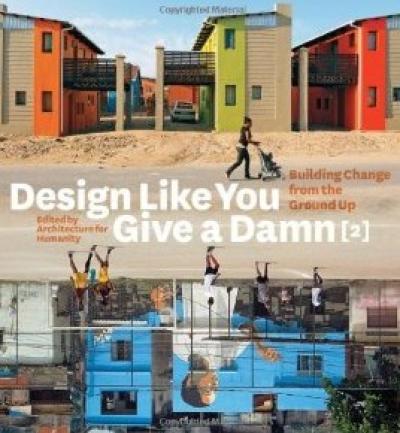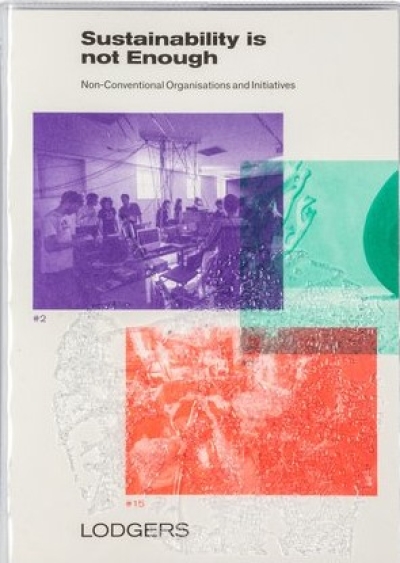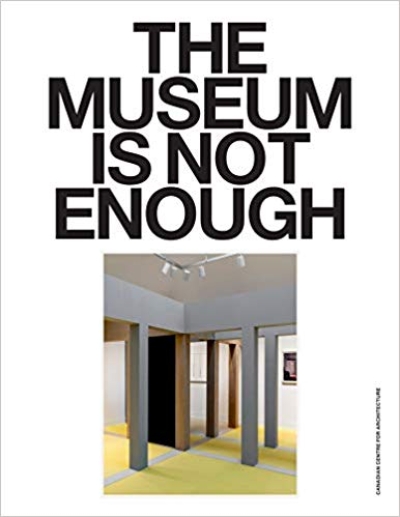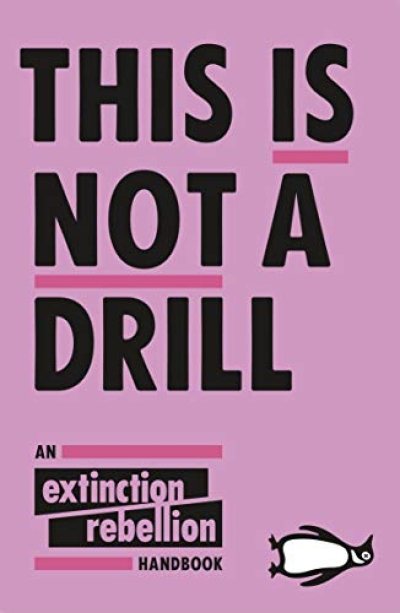
Design Like You Give a Damn, Volume 2
Design Like You Give a Damn, Volume 2. Building Change from the Ground Up - Architecture for Humanity
Design Like you Give A Damn [2] is the indispensable handbook for anyone committed to building a better a more sustainable future. With the rise in social demand for recycling programs and sustainable living this second title in the Design Like you Give A Damn repertoire, documenting more than 1 00 new projects from around the world tunes into this fever pitch of change. This volume is packed with practical and ingenious design solutions that address the need for basic shelter, housing, education, health care, clean water and renewable energy. One-on-one interviews and provocative case studies demonstrate how innovative design is reimagining community and uplifting lives. From swing sets in refugee shelters, a co-ed skate-park in war-torn Afghanistan, to building material innovations such as smog-eating concrete to innovative public policy that is repainting Brazils' urban slums, Design Like you Give A Damn [2] serves as a how-to guide for anyone seeking to build change from the ground up.
Architecture for Humanity, founded in 1 999 by Kate Stohr and Cameron Sinclair, is a nonprofit design services firm committed to bringing design, construction and development solutions to those who are most critically in need. Through design-build programs, competitions, educational forums and partnerships with relief organisations, Architecture for Humanity supports major reconstruction efforts and humanitarian relief worldwide. For example, they assist communities following crises, such as the 2010 earthquake in Haiti, Hurricane Katrina in New Crleans and the Southeast Asian tsunami, among other projects. Stohr and Sinclair were awarded the 2008 Copper-Hewitt Smithsonian National Design Patron Award and the 2009 Royal Society of Arts Bicentenary Medal for their work in promoting sustainable design and improving living conditions around the globe.

































































































